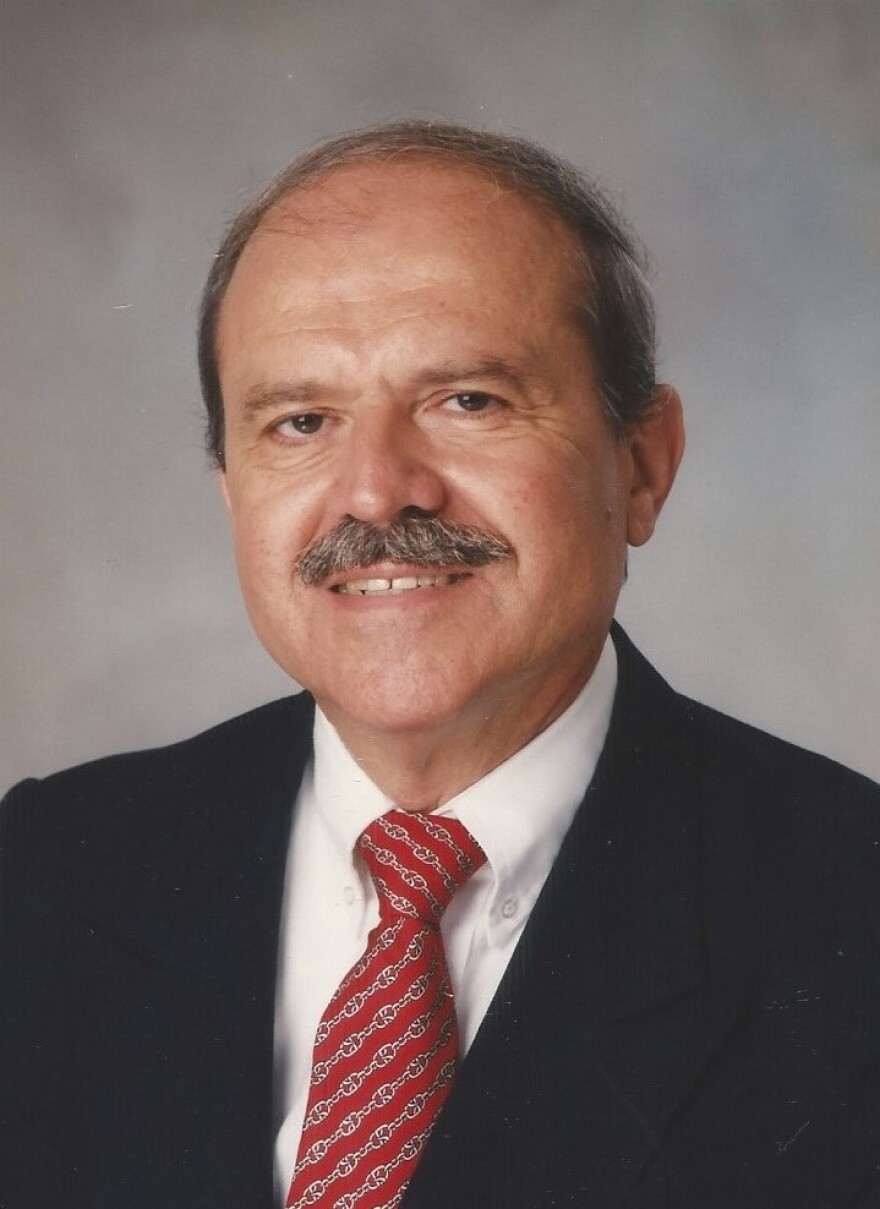For the past 50 years, the Cuyahoga River’s fortunes have risen and fallen just like the water that flows down the crooked channel and into Lake Erie. This week, we’re answering our first question submitted by a listener as part of a new project we’re calling, “OH Really?” WKSU’s Kabir Bhatia takes us on a river tour.

“The Cuyahoga, and the canal, were loaded with fish: everything from bullheads to catfish to suckers to bluegills.”
George Velbeck grew up in Northeast Ohio in the 1940s. He’s lived here on-and-off ever since until recently, when he retired to Florida. He submitted a question wondering how many more dams are still on the Cuyahoga River from its headwaters until it empties into Lake Erie.
“The dams caused the particulates of the sewage plants that were dumping into the river to just keep accumulating in the dammed areas," Velbeck said. "As a kid, I was just – unfortunately -- an observer of the river dying right before my eyes.”
From dam to tavern
In Cuyahoga Falls, the LeFever Dam was installed for hydropower. It was removed in 2013, and today its former powerhouse is Burntwood Tavern. At lunchtime last week, visitors weren’t sure how to answer George Velbeck’s question, guessing between two and 10. But at the Gorge Dam, 19-year-old Riley Chaney was out taking photos and correctly guessed three.
The big three
The Ohio EPA’s Bill Zawiski -- supervisor of the water quality group in Northeast Ohio – explains.

“Throughout the actual watershed, there are probably hundreds of dams that are very small or small streams folks have dammed up for various reasons over the years. So we look really, when folks ask, they’re thinking of the bigger ones.”
At the turn of this century, there were seven of those bigger dams. Today, there are three: the Gorge Dam, the Brecksville Canal Diversion Dam and the Lake Rockwell Dam.
Zawiski says that as dams come out, water quality improves. Fish can swim upstream more easily. Solar radiation – where dams trap the sun’s heat – has decreased, resulting in more even water temperature and oxygen levels.
Bypassing a dam
In downtown Kent, Heritage Park is made up of the remnants of what was once the Kent Dam.
Charles Frederick – a professor in Kent State’s College of Architecture and Design – says the spot used to be dead quiet.

“It smelled like standing water. It had low oxygen. I mean, it was pleasant -- lakes are kind of nice to be next to – but if you really studied this in its context, you would know that it’s just not supposed to be here. This is a river, it’s supposed to move, it’s supposed to change, you’re supposed to see things float by.”
In 2004, Frederick helped design the bypass that allows the river to flow through here freely.
Taking detours
He also helps organize a two-day kayaking trip every year that starts at Heritage Park and ends at Merwin’s Wharf in Cleveland. The three dams that are still on the river require his team to pull out of the water and take detours.
“At Brecksville, that is a low-head dam. So if you happen to go over it, chances are you would be caught in the rumble underneath there. And a lot of times, when you’re caught in there, you do not come out — at all. So that’s why you have to get out at a certain time.
“At the Gorge, what we have to do is pull out in Cuyahoga Falls. It’s a very fast-moving river there. And that’s the minor falls. (Once) the Gorge Dam is removed, we’re going to get the great falls back for that. So you have to pull out even when the Gorge Dam is removed; (for) most of us, who are more recreational. The other people, who are slightly more insane — and committed to things like that — they are going to keep zipping through there and having a great time.”

The EPA hopes to have the Gorge Dam out by 2024, but there’s still a lot of planning that needs to happen first. The Brecksville Canal Diversion Dam is slated to be removed this summer. But the Lake Rockwell Dam in Kent isn’t going anywhere, since it supplies drinking water for the City of Akron.
WKSU's "OH Really" makes you part of the newsgathering process. Submit your question here.
https://www.youtube.com/watch?v=18JpT61rX6A
_









